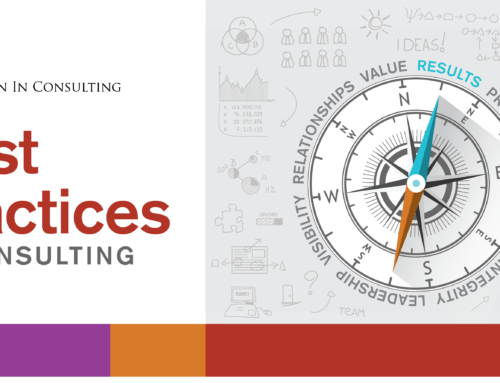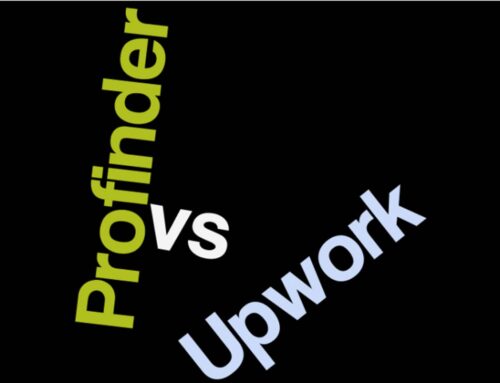You have likely dipped your feet in the social media waters. And maybe you have been at it for a while and are experiencing some success. The next step is to implement ongoing reporting. After all, what gets measured gets improved upon.
In this post I am going to focus on no-cost and low-cost reporting solutions that make sense for consultants and small businesses.
The first step is to decide what to measure. Here are some important metrics:
- Audience size – Facebook Likes, Twitter Followers, LinkedIn group Members, blog subscribers, etc. This allows you to see the rate at which your properties grow organically and the rate at which they grow with various efforts.
- Interaction – Facebook Likes (Likes of articles), Comments and wall posts, Twitter Retweets and @Mentions, LinkedIn Likes and Comments, blog comments etc. This allows you to see how interaction is affected by the different types of content you post.
- Your activity – Facebook posts, Tweets, LinkedIn Discussions, blog articles, etc. This allows you to correlate your level of activity with growth and interaction.
- Clicks – Use a free url shortener like bit.ly to track clicks from articles, blog posts, events, etc. that you post to social media properties. The number of clicks gives you an indication of the types of content that is appealing to your audience as well as number of people you are driving to registration forms, website content, email opt-ins, etc.
- Actions – You can track various actions like registrations, e-mail opt-ins, and revenue by using a pull-down menu in your form, or setting up tracking urls for each property. Use Google Analytics to track how many people come to your site from your social media properties.
- Unique visitors, visits, and page views – Track these metrics on your blog using Google Analytics.
The second step is to develop a template. Here is a sample template:

If you are a consultant and this looks like more than you want to do, then scale it down to the most important metrics of growth, interaction, and actions. If you have more resources to devote to measurement, you can dive deeper into other metrics available on Facebook Insights and Google Analytics. And, if you have a small budget and want to cut back on the manual labor you can use tools like Hootesuite’s Pro versionthat is only $6/mo and provides stats like link click-throughs, as well as integrates with Facebook Insights and Google Analytics.
The last step is to decide how often to measure. In my ad agency days, we pulled client reporting weekly. For consultants and most small businesses, I think monthly (or even less if time is an issue) is just fine.
Now you are ready to measure and improve upon your social media efforts.
If you have other metrics you measure or helpful social media measurement tools please share!








